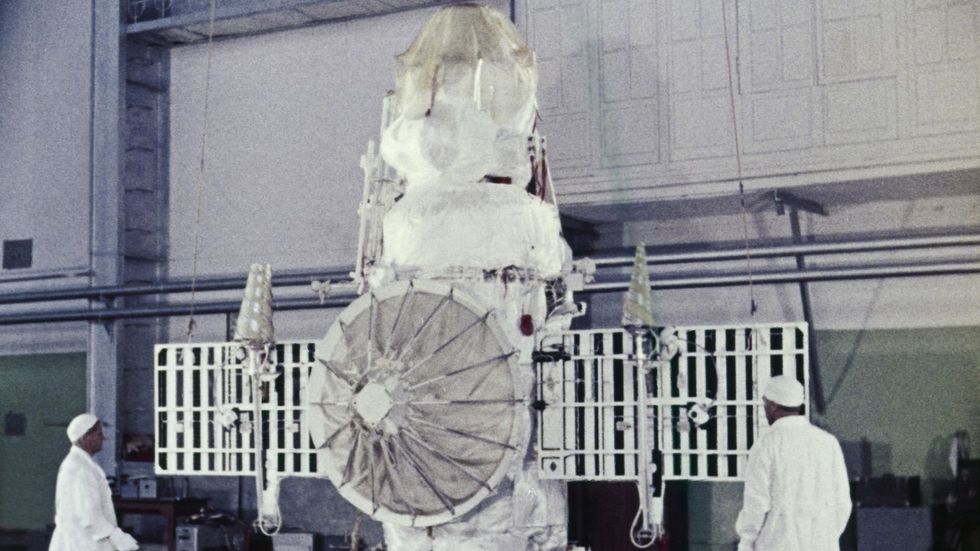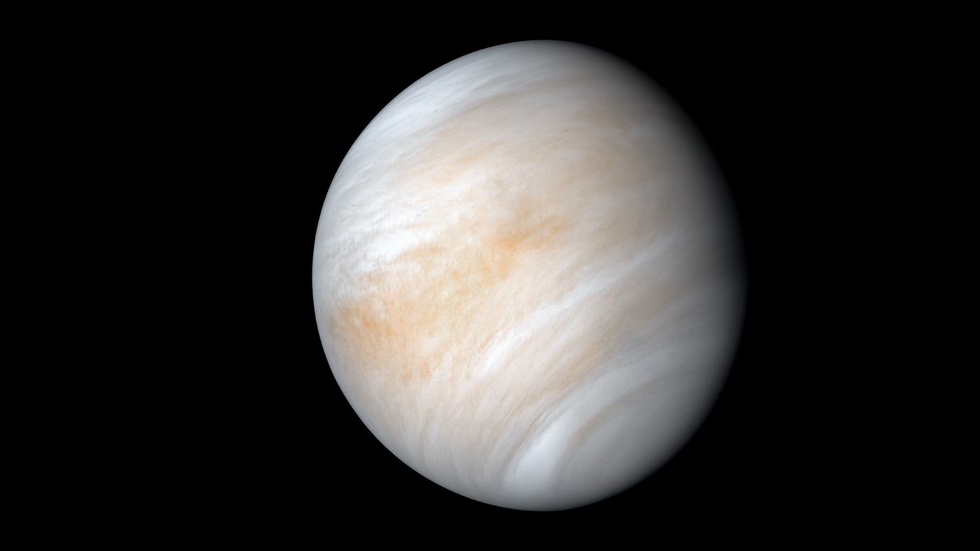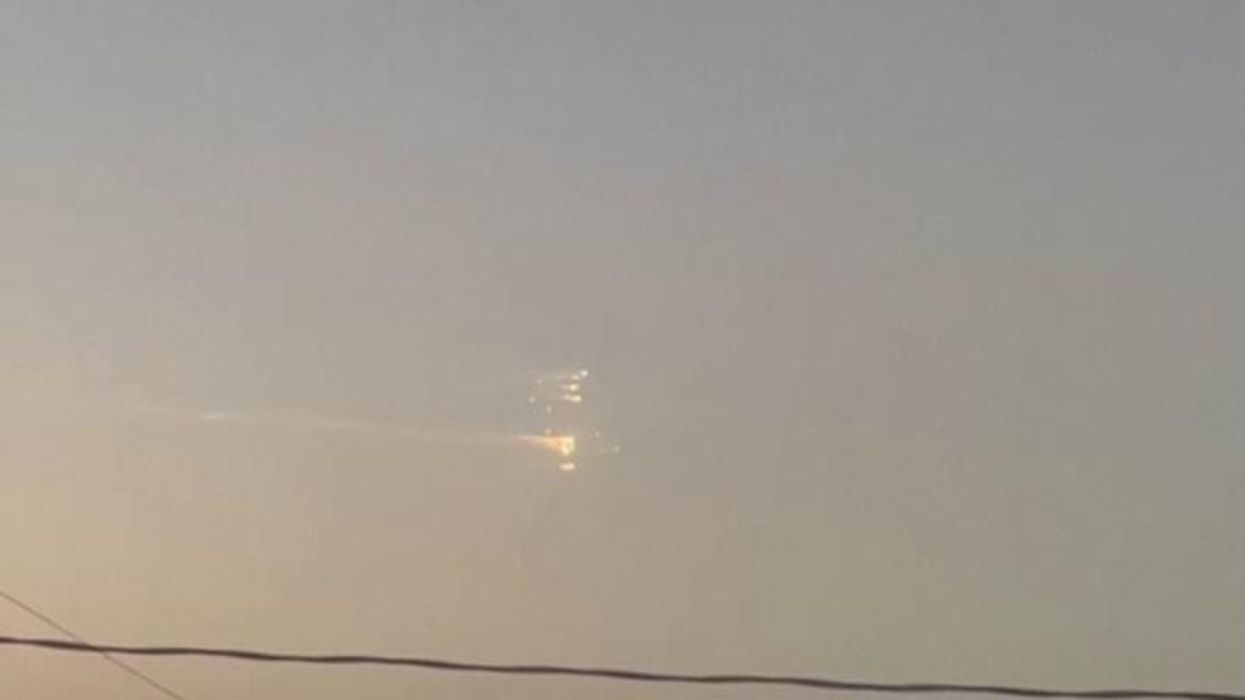Soviet satellite to crash into Earth in just HOURS as scientists scramble to predict where it will strike
Three old spacecraft or rocket bodies re-enter Earth daily
Don't Miss
Most Read
Latest
A Soviet-era spacecraft is predicted to crash back to Earth this weekend, with experts uncertain about its precise landing location.
The Russian Kosmos 482, launched in 1972, could come plunging down between Friday and Sunday, according to Nasa.
The exact timing and location remains unsure, with the space agency saying the uncertainty "will be fairly significant right up to re-entry".
The potential landing zone spans a vast area between 52 degrees north latitude and 52 degrees south latitude.
 Kosmos 482 being prepared by scientists | Sovfoto/Universal Images Group/Getty
Kosmos 482 being prepared by scientists | Sovfoto/Universal Images Group/GettyThis includes all of Africa, South America, Oceania, most of Europe and Asia all fall within the possible impact zone.
Experts say people shouldn't be "too worried" about the falling spacecraft, but cannot exclude the possibility of impact with people or property.
Astronomer at the Centre for Astrophysics at Harvard and Smithsonian, Dr Jonathan McDowell, told NPR: "There's a not-trivial chance that it could hit somewhere where it damages property, and there's a small chance, but it's like one in thousands that it could hurt someone."
Most space debris falls harmlessly into oceans, which cover 70 per cent of Earth's surface. Damage from falling space objects is rare but does occur.
LATEST DEVELOPMENTS
Unlike most space debris that burns up upon re-entry, this Venus probe may survive its descent to Earth.
NASA said: "Because the probe was designed to withstand entry into the Venus atmosphere, it's possible the probe (or parts of it) will survive re-entry at Earth and reach the surface."
Originally intended for Venus exploration, the probe failed to escape low-Earth orbit after launch.
The object broke into four pieces after its rocket malfunctioned, with two of the pieces having already decayed in Earth's atmosphere.
 The craft has been orbiting Earth since a failed mission to Venus in 1972 | NASA
The craft has been orbiting Earth since a failed mission to Venus in 1972 | NASAThe remaining lander probe may have a visible parachute, and another piece was sent into higher orbits.
Nasa explained that "a malfunction resulted in an engine burn which did not achieve sufficient velocity for the Venus transfer".
Hundreds of objects enter Earth's atmosphere yearly, with at least three old satellites or rocket bodies coming down daily.
Most of these objects burn or fall into oceans without incident, but the situation has become more worrying with an increasing number of satellites in low-Earth orbit.











